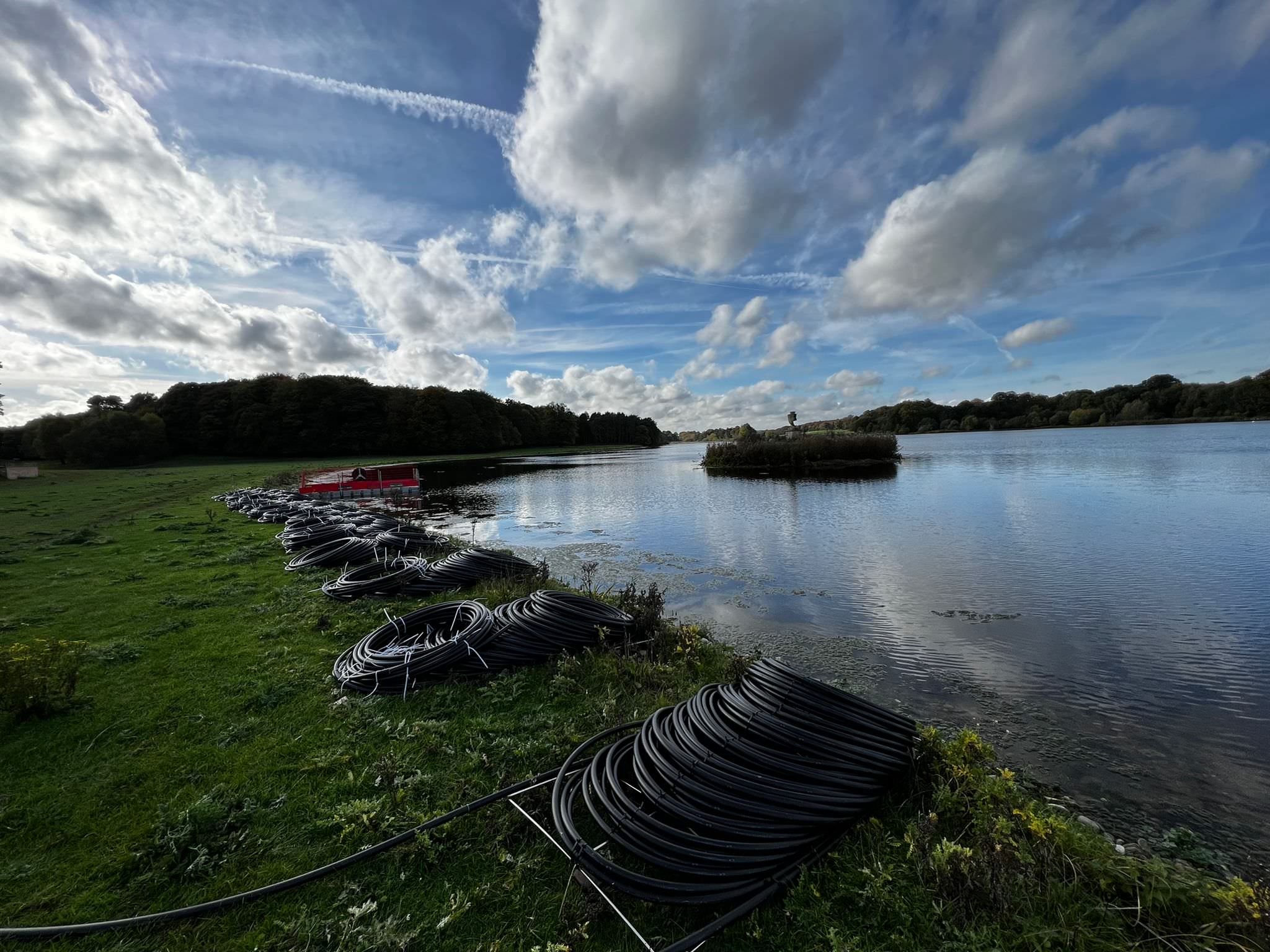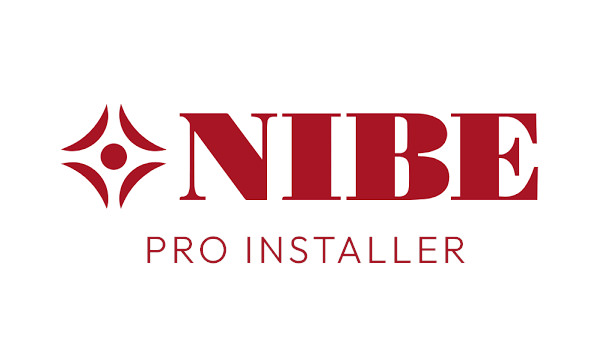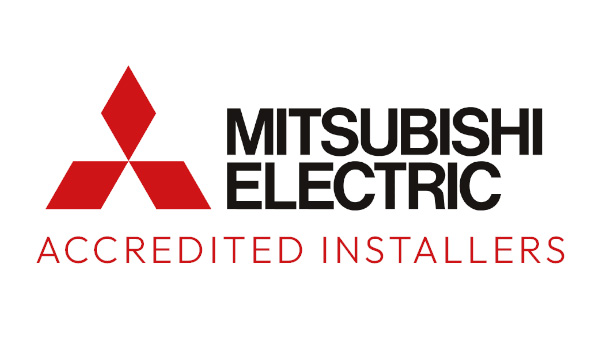Discover Your Green Potential
Our Services
Green energy solutions
done right.
Ground Source Heat Pumps
Air Source Heat Pumps
Underfloor
Heating
Air
Conditioning
Mechanical Ventilation Heat Recovery
Benefits
Having a renewable source of heating
A heat pump will take heat at a low temperature from the air or ground, increases that heat to a higher temperature and transfers it into your home to provide heating and hot water. Saving you both Energy and costs long term!
Clean Energy
Renewable
Save Costs
Gov Incentives
Heat Pump Installs
0
+
Gov Incentives Claimed
£
0
K
Customer Satisfaction
0
%
Happy Customers
0
+
Our Work
Some of our latest Projects
Testimonials
What customers have said about us
" The whole team have refreshingly shown a high level of customer service which is so important to me and my clients – I will most certainly use them again in future. "
James Rogers
JR Properties
“ You have been a pleasure to work with, the standard of your work is high and I am very pleased. I am glad to be working with Energy by Nature on a second installation , I have already recommended you and wish you every success in the future. “
Rupert Hopcraft
" Fitters were excellent and backed up by helpful staff in the office. Would certainly recommend and use again if needed in the future. "
Customer
" The advice I have had on all the alternative systems available was professional and unbiased. The work has been carried out on time and to budget. Installation is very professional and tidy, with the plumbing being immaculate and the system is working well. Old Danfoss system was removed, and all rubbish taken away. "
Chris Dove




